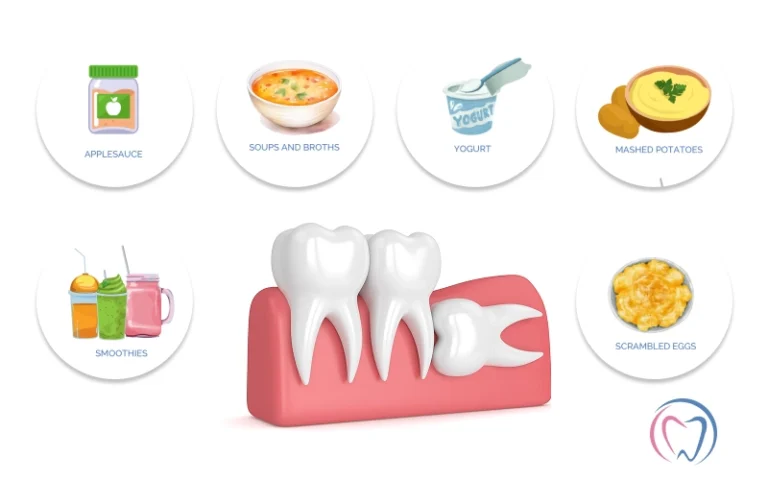When it comes to dental restoration, crowns and fillings are two commonly used treatments that have various purposes. Both are essential for maintaining oral health and functionality, but the decision on which one to use depends on several factors, including the extent of damage, tooth location, and overall dental health. Based on my experience, from this blog, you can gain knowledge about crowns and fillings, allowing you to make an informed decision about which option is best for your needs.
What are Dental Fillings?
Cavity or decay can damage teeth, so fillings are used to repair them. In the process, the decayed portion of the tooth is removed and the space is filled with a material that restores the tooth’s structure and function.
Dental Fillings-related materials
- Composite resins – These are ideal for visible areas because they blend with natural tooth enamel and are in the same colour as teeth.
- Amalgam – This is a durable, silver-coloured material that is frequently used for back teeth because of its strength.
- Glass ionomer – fillings below the gum line or in areas that are not subjected to heavy chewing are typically filled with glass ionomer, which releases fluoride.
What are the benefits of Dental fillings?
- Generally, putting a filling is less invasive than putting a crown.
- Fillings are often completed in a single visit and are typically cheaper than crowns, making them quick and cost-effective.
- The natural tooth structure is preserved by fillings compared to crowns.
What are the disadvantages of Dental fillings?
- The durability of fillings, particularly those made from composite resins, is not as good as crowns and may require replacement over time.
- It’s possible for fillings to wear down or damage, particularly in areas of high stress from chewing.
What are Dental crowns?
A damaged tooth can be covered and protected with crowns. In cases where a tooth is severely decayed, fractured, or has had a root canal, they are frequently suggested. The crown covers the entire tooth, reinstating its shape, size, and strength.
Dental Crown-related materials
- Porcelain – This material is an ideal option for visible areas as it matches the natural tooth colour.
- Ceramic – This is both tooth-coloured and highly aesthetic, although it is often more fragile than porcelain.
- Metal – Gold or platinum are two metals that are known for their strength and longevity but are not aesthetically pleasing.
What are the benefits of Dental crowns?
- Strength and durability – Crowns are stronger and more durable than fillings due to their ability to withstand significant pressure.
- Protection – A tooth that is weekend or damaged is protected with comprehensive coverage and protection.
- Restoration of function and aesthetics – The function and aesthetics of the tooth are restored with crowns, particularly when made from tooth-coloured materials.
What are the disadvantages of Dental crowns?
- The process is more extensive because it involves shaping the tooth to fit the crown, which involves removing a significant portion of the natural tooth structure.
- Crowns are usually more costly than filings and may require multiple visits to finish.
- Patients can experience sensitivity after crown placement, but it usually subsides over time.
Which is better - Dental fillings or Crowns?
- A crown may be necessary to provide adequate protection and support if the tooth is severely decayed or damaged. If there are small cavities or minor damage, a filling may be sufficient.
- Fillings may be a good option for teeth that are not exposed to heavy chewing pressures, such as the front teeth. However, crowns are a better option for back teeth that can withstand significant force when chewing.
- Crowns can provide greater durability, especially if you’re looking for a long-term solution and are willing to invest more. Fillings are usually suitable for damage that is not extensive and may need to be replaced sooner.
- If you want your teeth to be visible when you smile or talk, ou may want a filling or crown made from aesthetic materials like porcelain or composite resin.
Crowns and filling both play important roles in dental restoration, but each has its own unique advantages and considerations. Fillings are commonly selected due to their minimal invasiveness and cost-effectiveness, which makes them suitable for minor repairs.
Although crowns provide comprehensive protection and durability for more significant damage, they also come with a higher cost and more invasive procedure.
The final decision will be determined by your specific dental needs and preferences. Having a consultation with your dentist can be advantageous.







